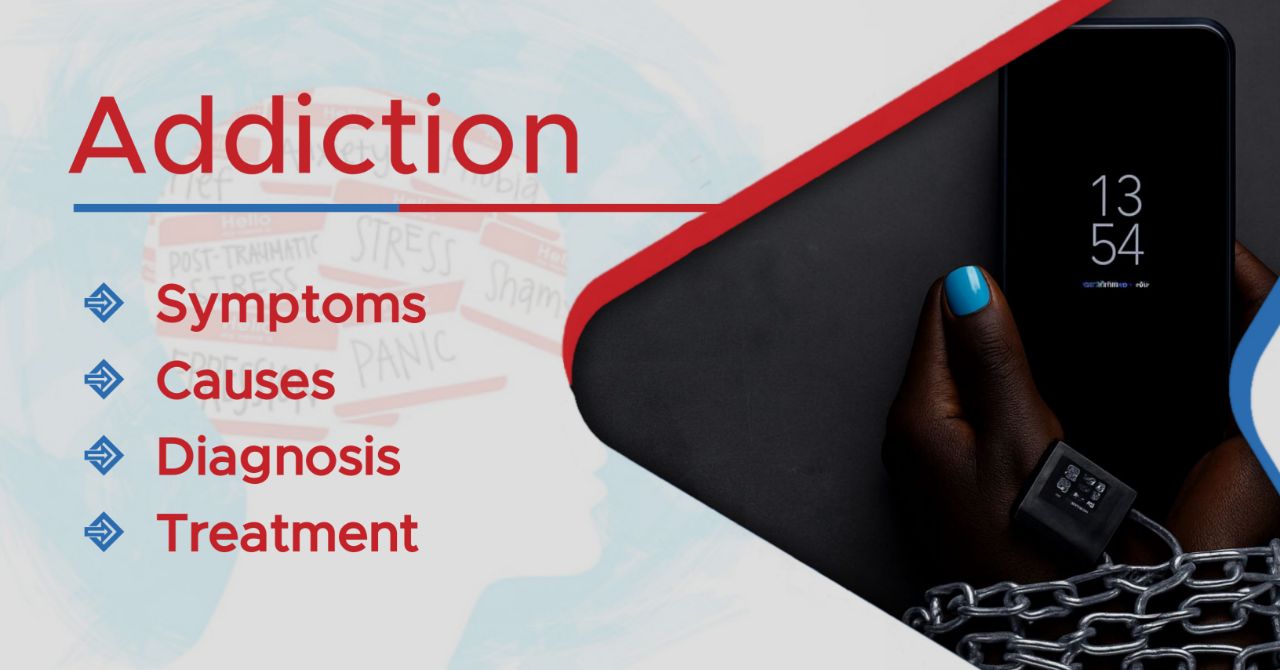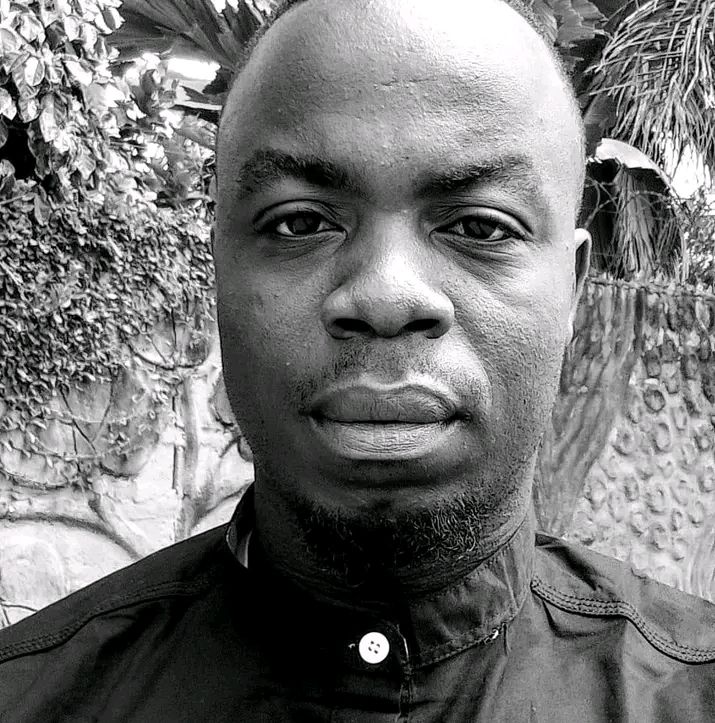
Addiction Disorder in Kenya: A Fact Sheet
Reading Time: 5min
Addiction Disorder, clinically known as Substance Use Disorder (SUD), is a treatable medical condition characterized by the uncontrolled use of a substance despite harmful consequences. It involves changes in brain chemistry that lead to intense cravings and compulsive drug-seeking behavior.
Scope of the Problem in Kenya
Addiction is a significant public health issue in Kenya, with distinct patterns across different demographics.
Co-occurring Mental Health Issues: There is a strong link between substance use and mental health. In one study, 28% of women and 22% of men reported depressive symptoms, while 22% of women and 21% of men showed symptoms of Post-Traumatic Stress Disorder (PTSD)
Commonly Used Substances in Kenya
The drug market in Kenya is evolving, but several substances remain prevalent:
Alcohol: The most commonly abused substance.
Tobacco
Khat (Miraa): A psycho-stimulant that is legally cultivated and traded in Kenya.
Cannabis (Bhang)
Synthetic Drugs: Including methamphetamine and the non-medical use of prescription drugs like codeine syrup
Inhalants: Such as glue and petrol, particularly among street children
Risk Factors and Correlates
Research has identified several factors associated with a higher risk of developing mental and substance use problems in Kenya:
Environmental Stressors: Stressful life events, food insecurity, family debt, and unemployment.
Residence: Living in urban informal settlements is linked to higher rates of alcohol use in women and mental health challenges.
Abuse and Trauma: A history of sexual or verbal abuse is a significant correlate for both substance use and mental health disorders.
Protective Factors: Strong social support, higher subjective wellbeing, marriage, and vigorous exercise are associated with reduced risk.
National Policy and Treatment Landscape
Government Action:
In June 2025, the Kenyan government adopted a groundbreaking National Policy on the Prevention of Alcohol, Drugs, and Substance Use (2025).
Key proposals include:
Banning alcohol advertising targeting youth and celebrity endorsements.
Prohibiting sales near schools and places of worship.
Raising the legal drinking age from 18 to 21.
Plans to establish a government-supported rehabilitation centre in every county
Treatment Gap:
Despite these efforts, Kenya struggles with a significant treatment gap. Currently, about 75% of Kenyans cannot access mental healthcare, and government expenditure on mental health is only 0.01% of the health budget.
Where to Get Help: Selected Rehabilitation Centers
Here are some accredited and known treatment facilities in Kenya.
Addiction Disorder in Kenya is a pressing health crisis, disproportionately affecting youth and intertwined with mental health conditions like depression and PTSD. While a promising new national policy signals a commitment to prevention, a vast treatment gap remains, highlighting the urgent need for expanded, accessible, and integrated healthcare services.









